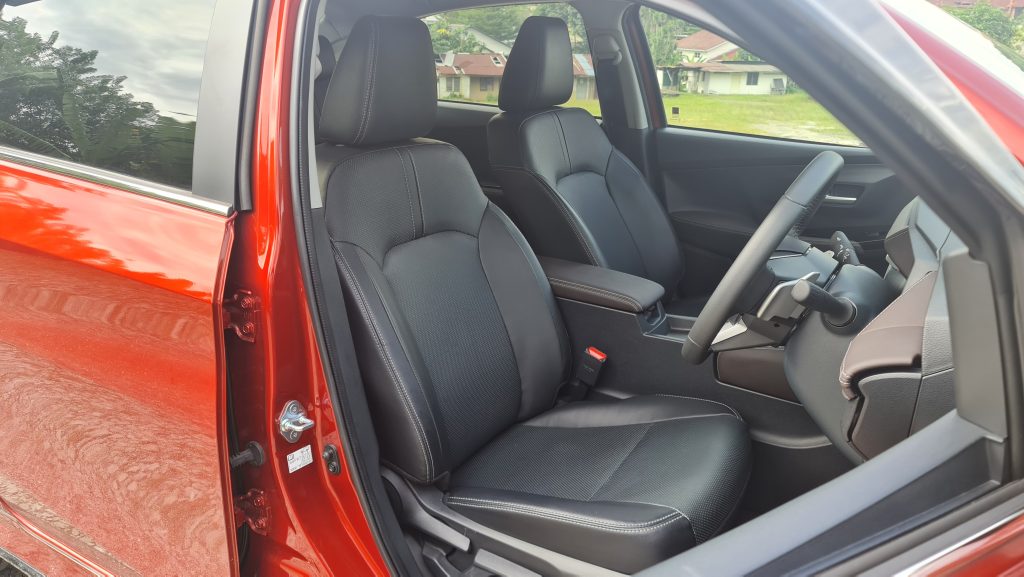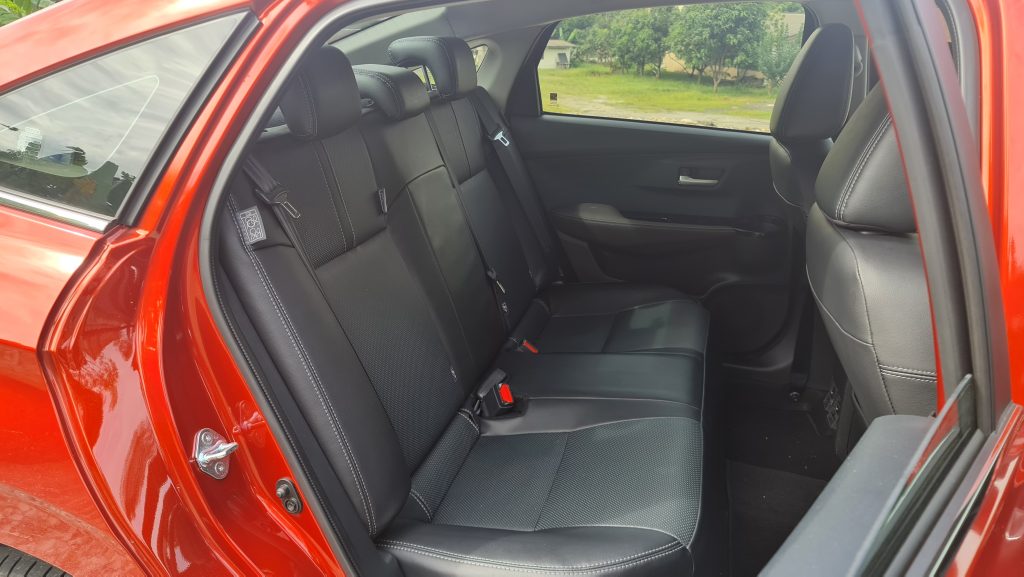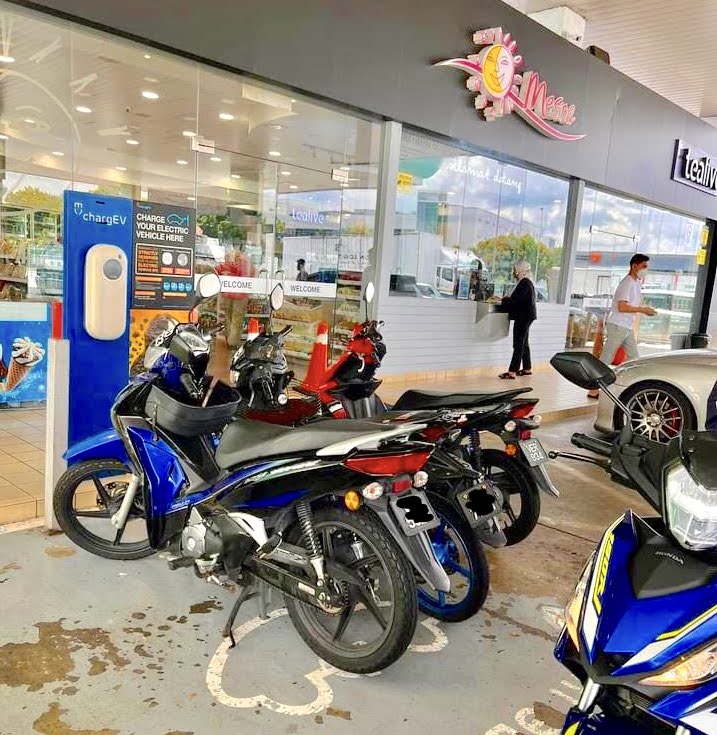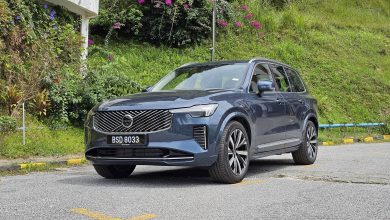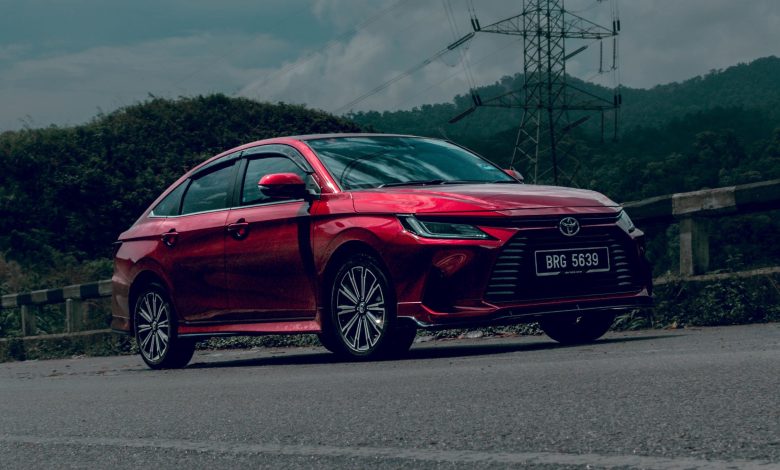
There is still plenty of reasons yet to buy the stalwart Toyota Vios instead of the new Proton S70.
It has certainly been a long time coming, but Proton is trying once more with its new S70 to do what its Preve couldn’t, and attempt to take the top spot at the mid-range compact sedan market again.
And perhaps rather worryingly for the likes of Toyota and Honda, this latest Sino-Malaysian venture follows on from its rather successful SUV counterparts and is actually more than halfway decent, to the point that it could foreseeably sway a good chunk of their customers over to Proton.
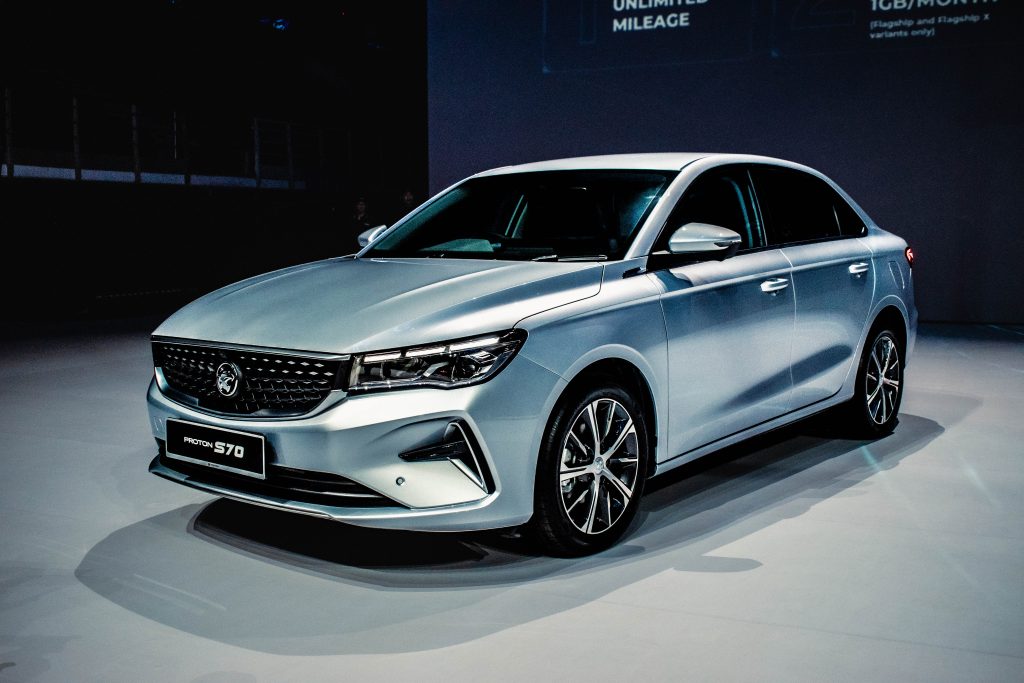
The S70 after all does look to beat out both the Vios and City in every department, at least based on the spec sheet. Proton has also rather cheekily demonstrated recently that its new turbocharged (albeit three-cylinder) sedan handily wipes the floor with its naturally-aspirated Japanese counterpart when it comes to the traffic light grand prix.
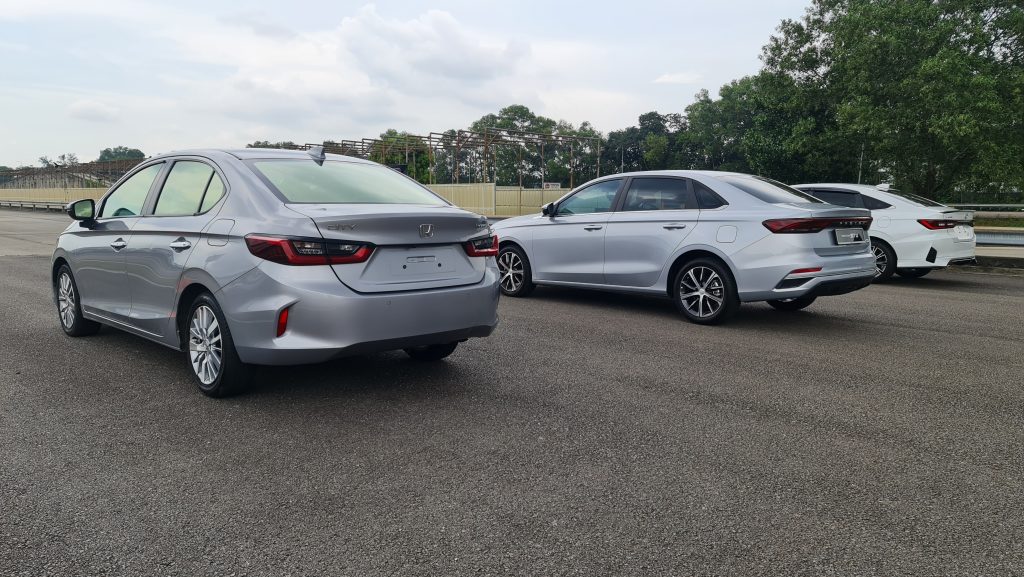
So, is this finally the time for those wanting a Honda City or Toyota Vios to head straight to the Proton showroom instead?
Well, not quite, at least in the Vios’ case. Because having spent a few days with it recently, this humble Toyota has proven to have quite a few major plus points over the S70. And might even be considered to be damn near perfect as a real-world daily driver, as I shall try to detail down below…
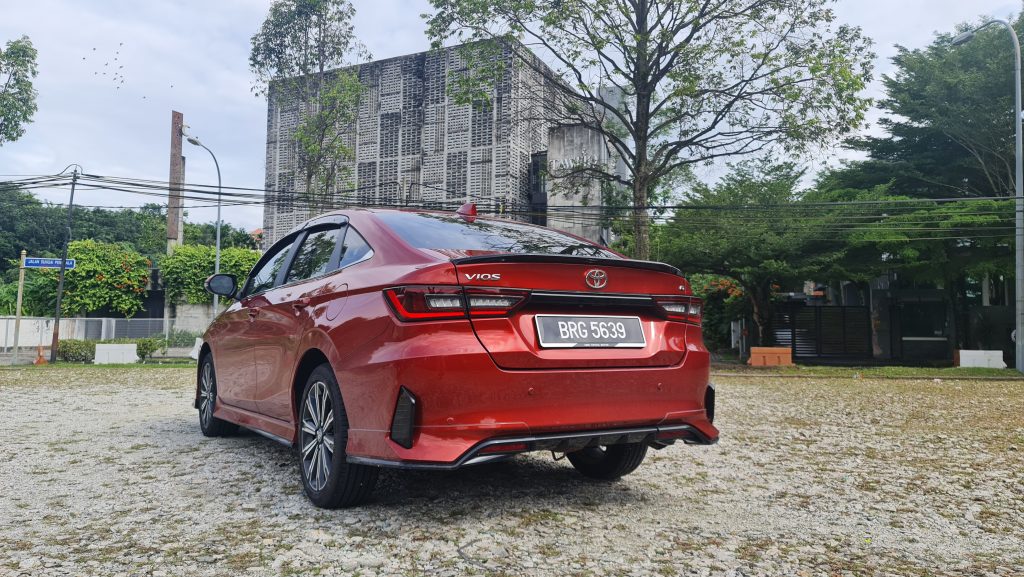
Driving Dynamics
Starting with the more exciting stuff first on why this Vios is rather good, lets begin with the fact that this little Toyota is actually a rather fun car to drive.

Yes, all those highly-publicised Toyota Gazoo Racing motorsports events actually is more than just for marketing, as this race-bred Vios is probably to be the most competent driver’s car in its class.
Its steering for instance has great weight to it, which immediately makes driving the Vios akin to being behind the wheel of a Continental car, instead of the Japanese econobox that it is. Chuck this Toyota into a corner too and it is apparent for the whole car to be stiff in its chassis yet composed in its suspension, with very little body roll and plenty of grip from the stock tyres to cope with the aftermath after flinging it into a bend at way too fast a speed.
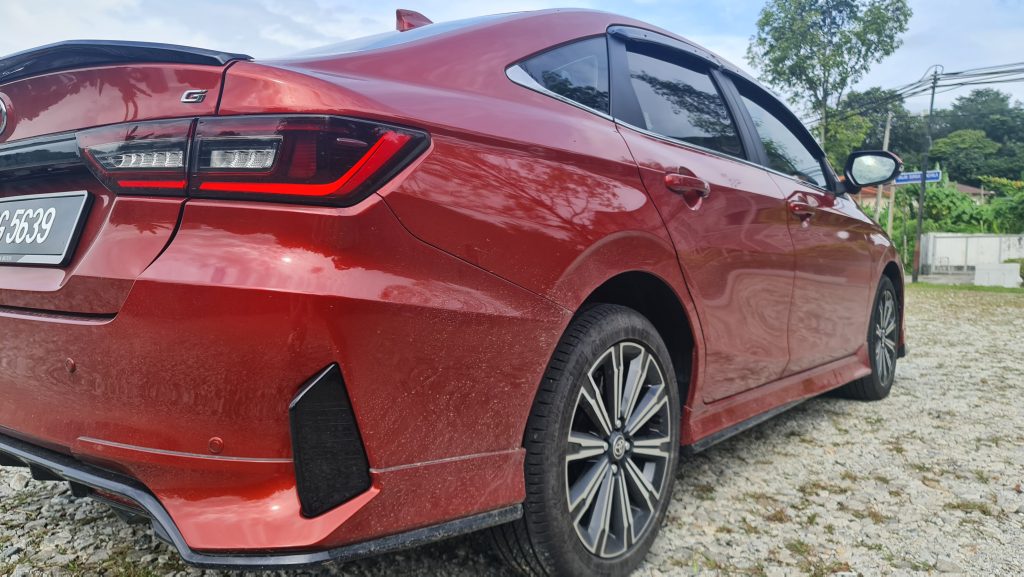
Being a relatively lightweight 1.4 tonnes (which incidentally is over 300 kg lighter than the S70) therefore also makes the Vios a rather tidy handler, to the point that it makes the keener driver want to go out and find some mountain passes pronto. Or at least continue to fling it into every corner just that little bit harder and faster.
And all of this is of course further aided by rather good brake bite from the all-round disk brakes on the Vios, in addition to a short accelerator pedal travel that at least gives the sensation of speed. Add to that an engine that sounds surprisingly good when revved out too, and it really does light the fire under any driver’s arse to drive that little bit harder than they normally would.
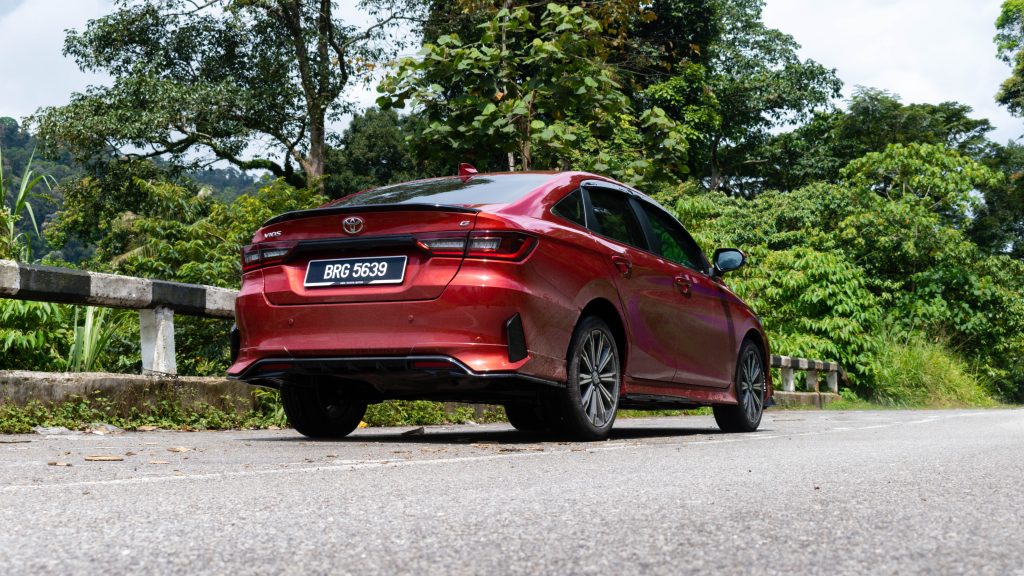
The standard paddle shifters on the higher-end G variant further adds to the fun potential with the Vios. Though incidentally, what would likely make it even better is having a short-throw manual transmission in its place — a five-speed stick shift is available in other markets — especially when the current position of the gear lever (on the admittedly rather high transmission tunnel) is just at the right position that one’s hand consistently rests on it. So why not have something to play with, right?
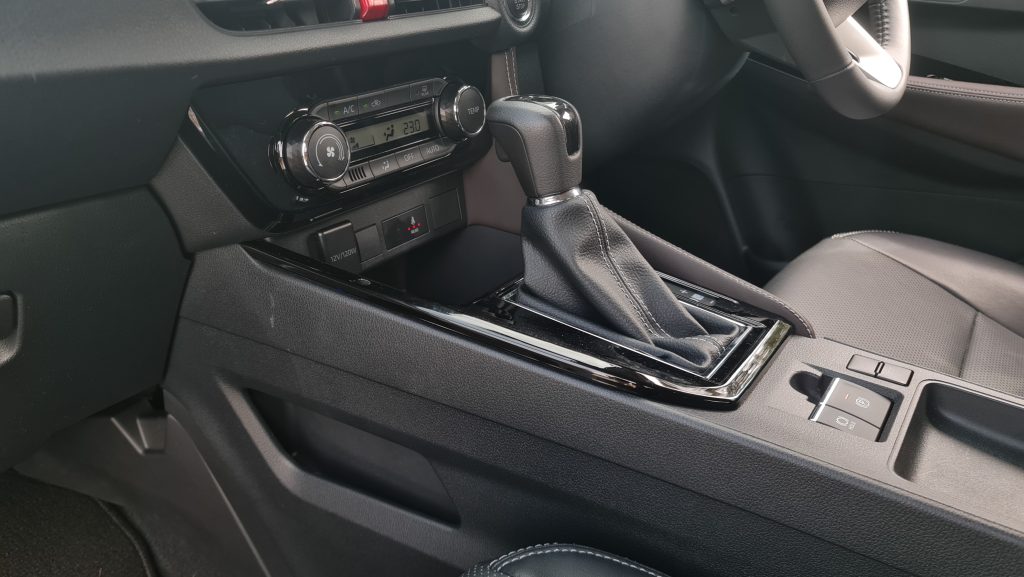
Comfort & Refinement
For those however who do not think of themselves as the next Tengku Djan Ley while driving their Vios, it should be reassuring to also note therefore that this Toyota sedan is impressively refined too simply when just puttering along.
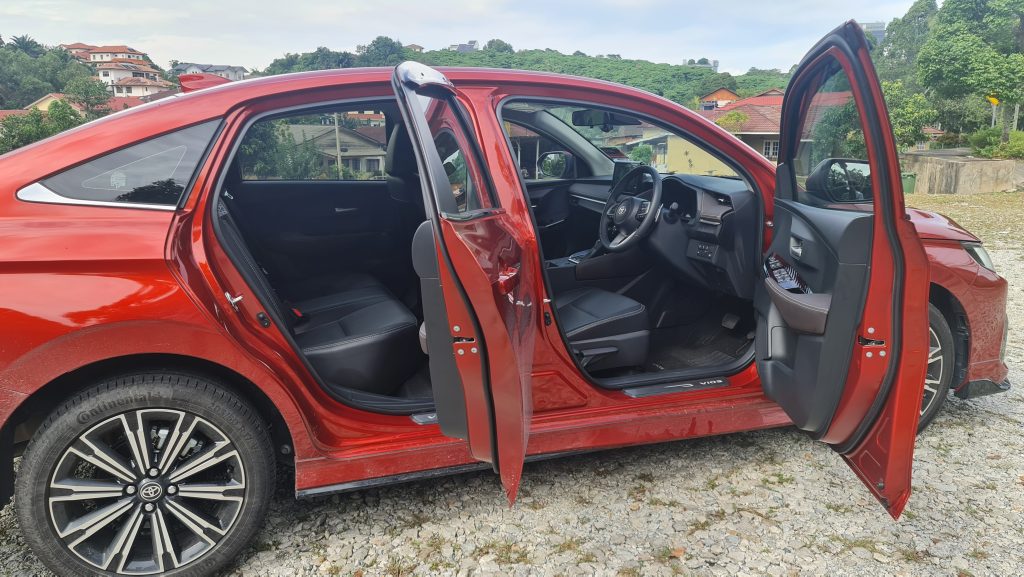
The rather fruity engine note that this Vios makes at full chat does mellow out somewhat to a gentle unobtrusive thrum when in town. There is also impressively little road and wind noise protruding the cabin at the higher highway speeds as well, which makes just cruising with this Toyota a rather comfortable affair.
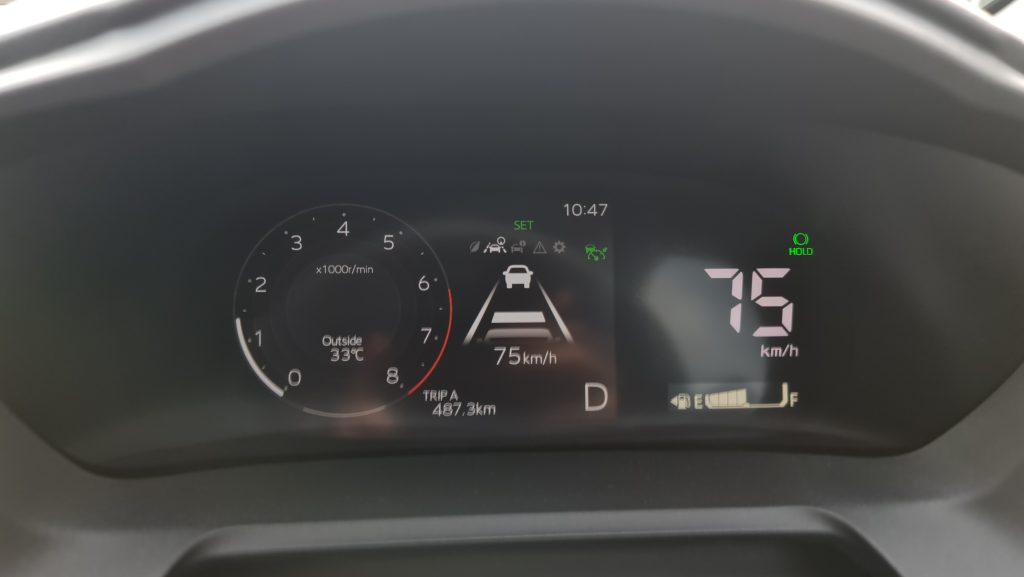
Adding to the aforementioned comfort meanwhile is for its suspension, that unlocks the potential to whack bends at faster than reasonable speeds, to surprisingly also manage in soaking up bumps and undulations on the road with aplomb. Moreover, this compliant ride somehow translates to being impressively stable too, even at speeds that a compact sedan should not be travelling at.
And while this is perhaps rather insignificant on the grand scheme of things, it has to be highlighted that the addition of a padded knee rest on the centre console that corresponds right where the driver’s shin does actually add a lot to the comfortable driving experience with this Vios.
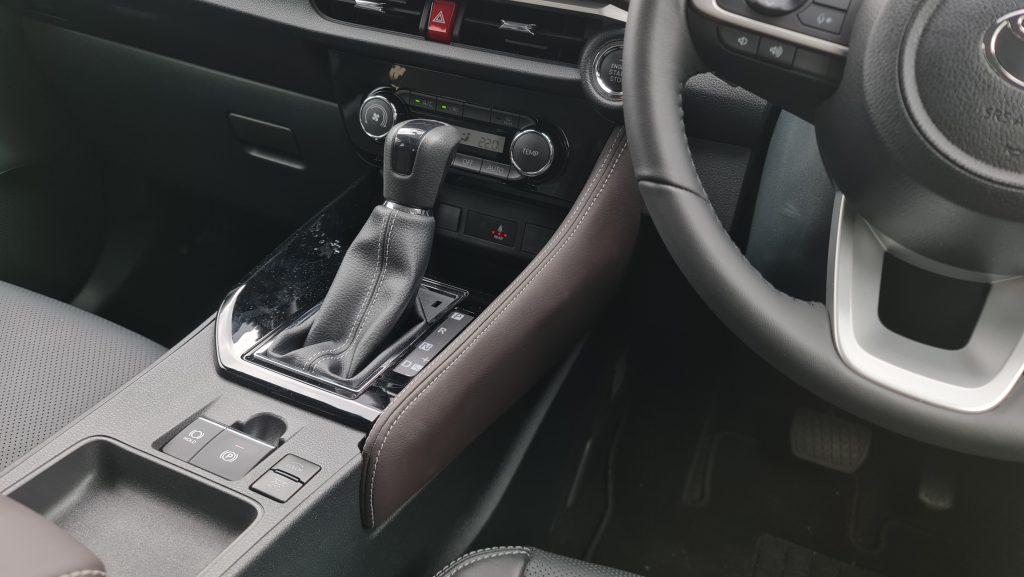
On the topic of the grand scheme of things related to driving comfort however, the large glass area of this new Vios that makes it remarkably easy to drive probably is a bigger factor than the padded knee rest. To make this compact sedan an easier car to manoeuvre than ever too, Toyota has also very thoughtfully added a rather high-resolution surround view camera system, which conveniently segues onto the next good point about this Vios.
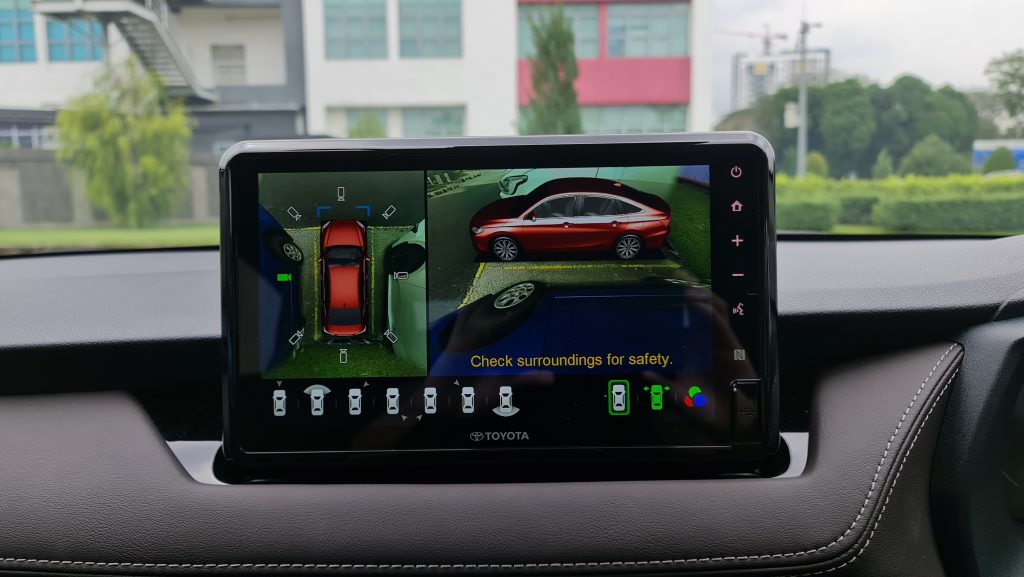
Tech
This particular point may come as a surprising addition into the list of good points with the Vios, especially when comparing to the tech-laden S70. Though anyone who has spent more than a short test drive with the aforementioned Proton will likely realise that the features are nearly all gimmicks, while the Toyota on the other hand has actually included all the important stuff that most of its buyers will use every single time they get into the car.
And without beating around the bush, the biggest green flag with this Vios over the Proton is the inclusion of wireless Android Auto and Apple CarPlay as standard on its 9-inch central infotainment screen. A feature that the S70 still frustratingly lacks even in its wired form (with it instead having the comparatively janky QDLink system), having the prospect of easy smartphone integration that just works every time one enters the car just might be what seals the deal for some for the Vios over its competition.
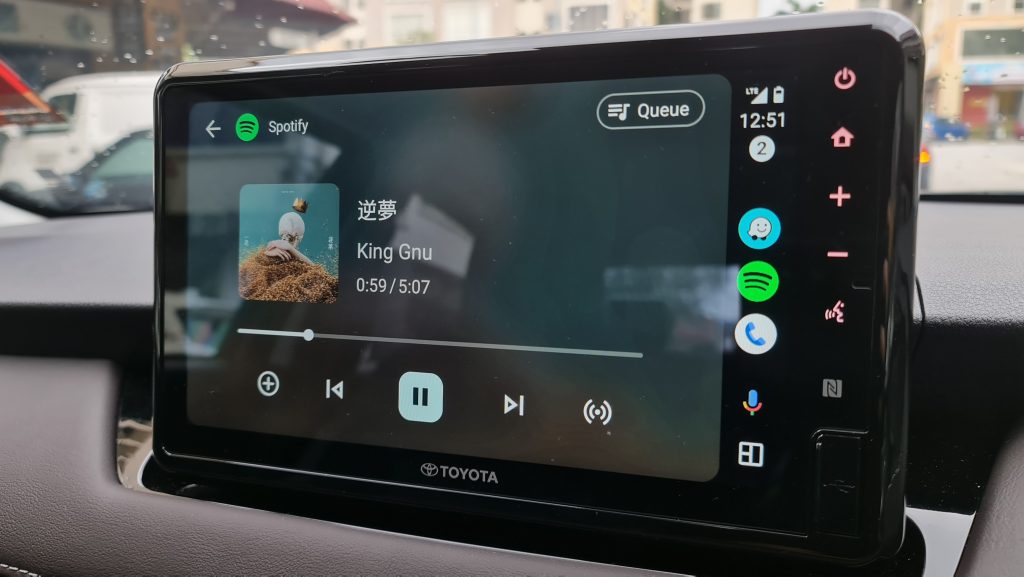
Particular praise should also be given to the 6-speaker sound system that is standard on this higher-end G variant of Vios, as it is possibly (in my humble opinion at least) one of the best in the segment. In fact, it is probably not hyperbole to say can even beat out cars that are twice and even three times its price. Though it is worth noting that this more than satisfactory auditory experience unfortunately only really applies to the front, with the rear instead sounding being a bit muffled and dead.

What the rear does have however is the dealer-fit option of a dash-cam to compliment the standard front unit (with apparent smartphone connectivity). And just as another sign that Toyota knows what its customers really want, security window tint and RFID comes as standard with this new Vios.
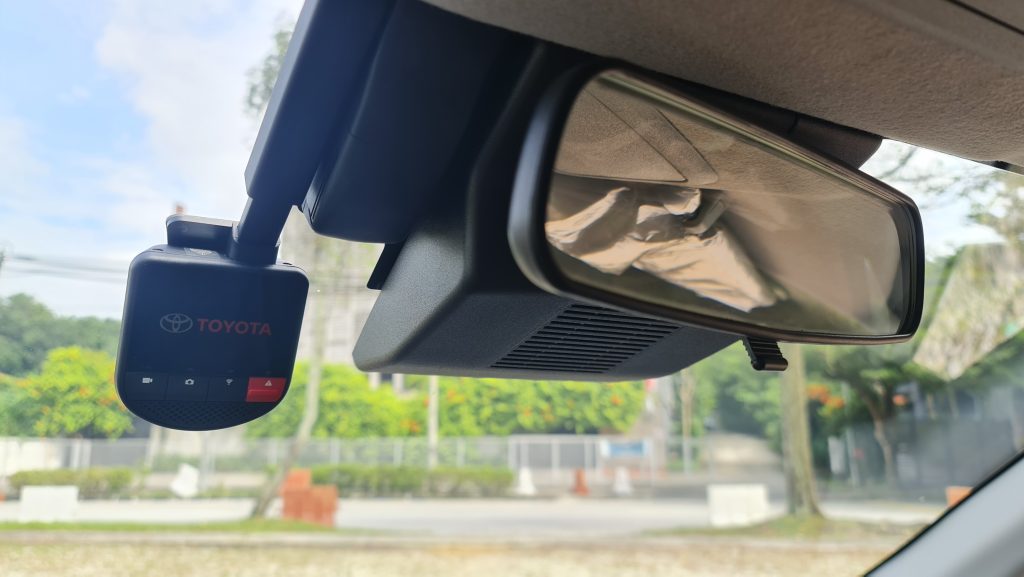
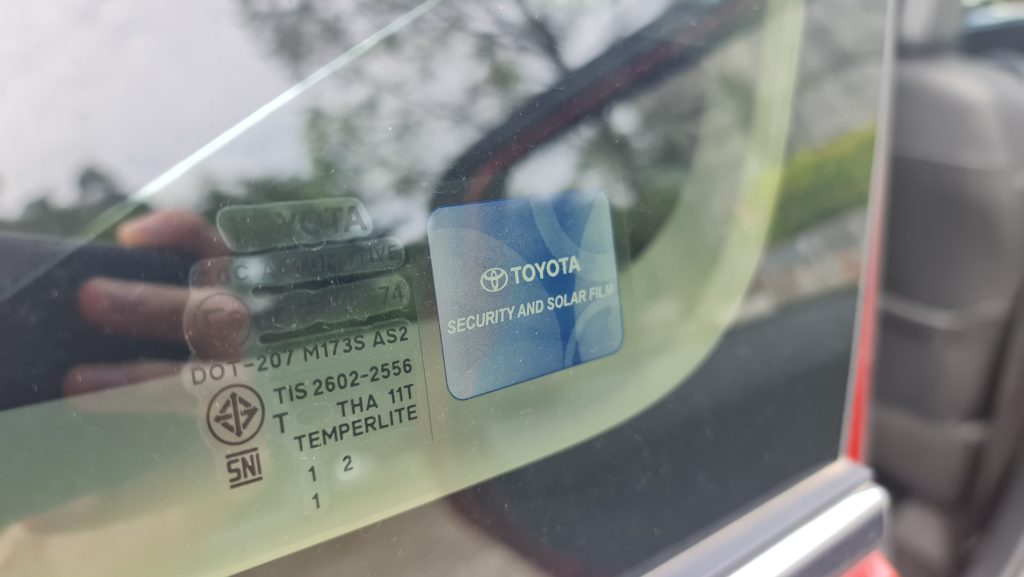
As mentioned before too, the surround view camera with 3D imaging capability has amazing clarity and certainly comes in handy when parking. A job that incidentally every driver would likely do at least once in their journey, relative to say using the adaptive cruise control (which will be touched upon a little further on as something that Toyota can improve on…)
Styling
Just before getting to the weaker points of the Vios though, one more (albeit rather subjective) plus point with this Toyota is just the way it looks.
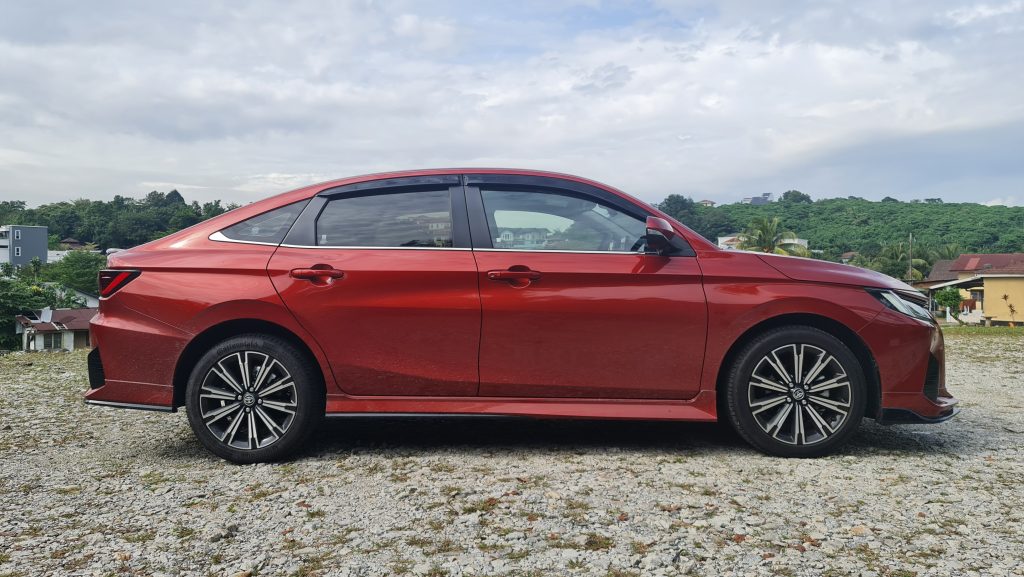
Beauty is surely in the eye of the beholder, but this latest generation could be argued to be the best looking Vios since its first iteration. Its butch square-jawed face (flanked by a set of fantastically bright LED headlights) is certainly a whole lot better looking than one that is styled after a dugong, and the standard body kit certainly gives it a more sporty flair.
Its new sloping fastback rear three quarter is however perhaps the best angle of this Vios, with its Audi A7-esque arse being complimented by a set of LED rear lights with sequential indicators. It is however a shame though that Toyota didn’t actually follow through with a full length liftgate, and instead kept the Vios with a traditional trunk opening.
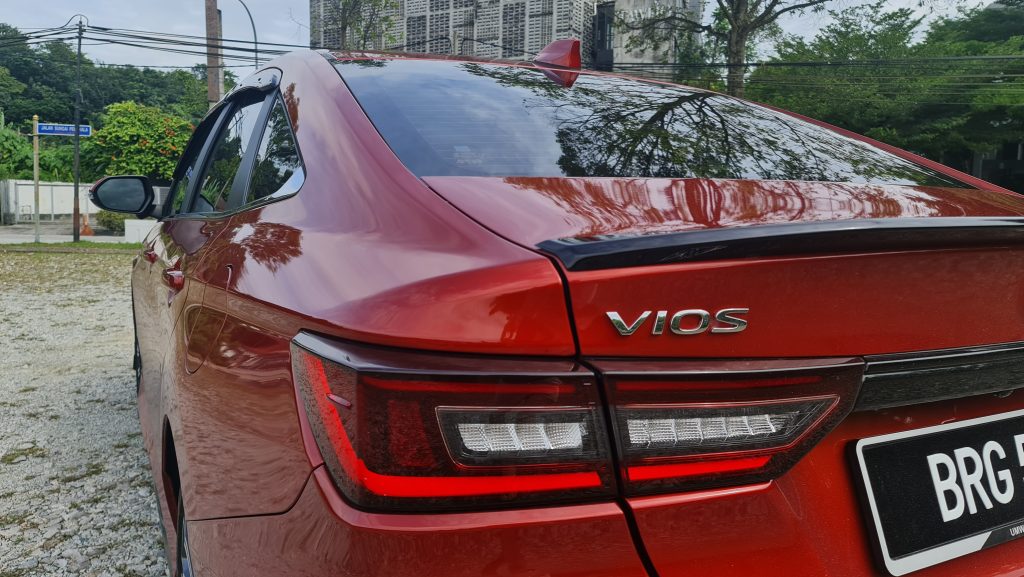
Practicality
And it is on rather this same vein of things being slightly disappointing too that the topic of practicality needs to be brought up, as a new rear stiffening brace between the rear seats and trunk means that this new Vios’ rear seats don’t fold down at all now. This does therefore rob quite lot of practicality potential from this compact sedan, and further throws into relief for this compact Toyota to have the smallest boot capacity (475 litres) against its Sino-Malaysian (500 litres) and immensely practical Honda (506 litres) competition.
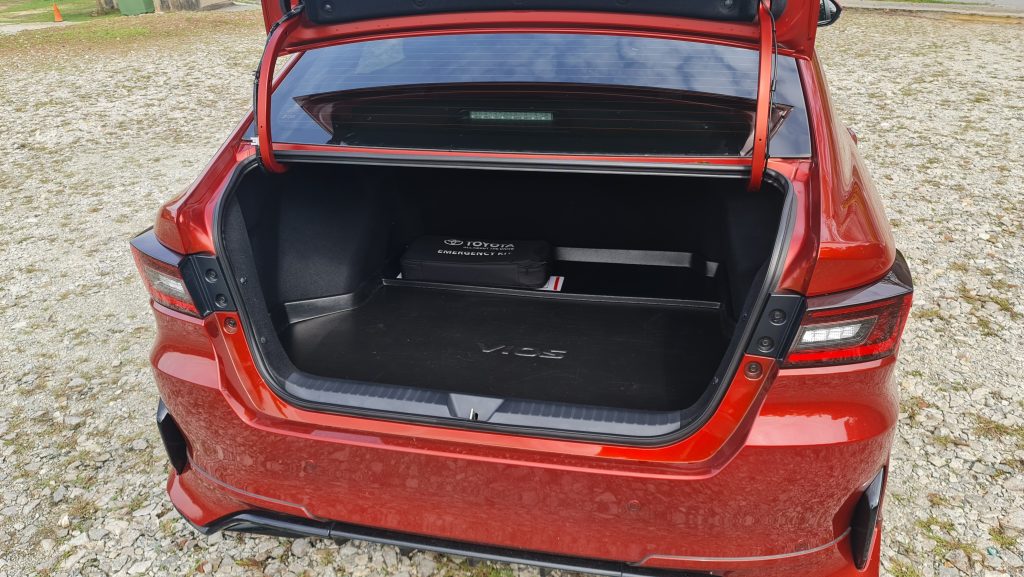
Moving swiftly along to where the people typically are situated too, the Vios is also really not the biggest inside the passenger compartment. While the front is adequately spacious enough, the rear is unfortunately no bueno for anyone above six feet who prefers to sit up straight without having to bend their neck.
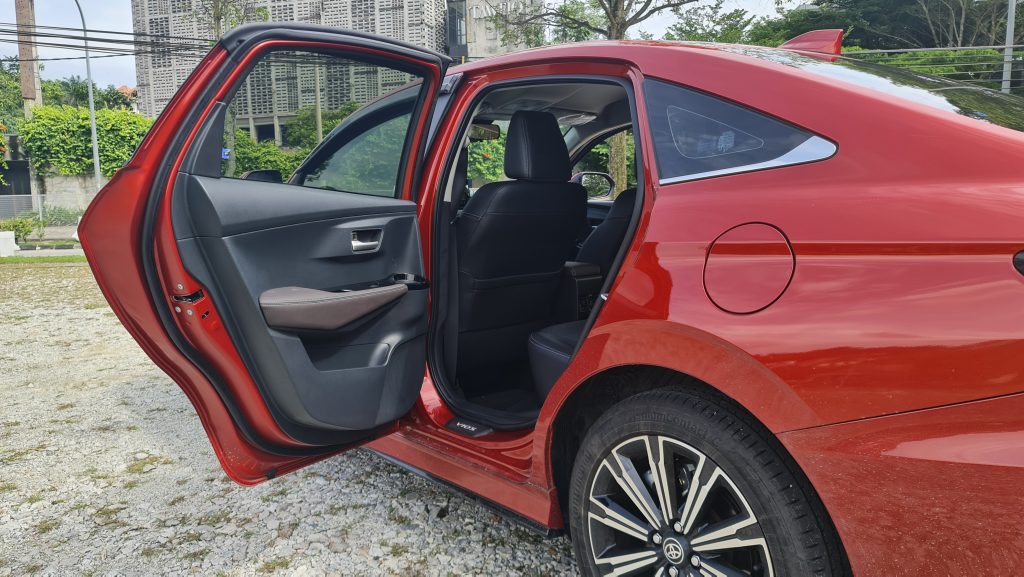
Cheapness
And while Toyota can claim for this Vios to still be below that frightening RM 100k mark, where the Vios admittedly stumbles as well is in the blatant (and brutal) cost-cutting measures that seemed to have implemented here in order to achieve that goal.
This cost-cutting is most clearly evidenced by the abundance of hard and scratchy plastics that line its interior, with the rather flat and unsupportive seats not helping things too. Moreover, Toyota has decided to cheap out by using some cheap-feeling leather to line said seats and steering wheel, which does unfortunately act as a constant reminder that this car has been built to a price.
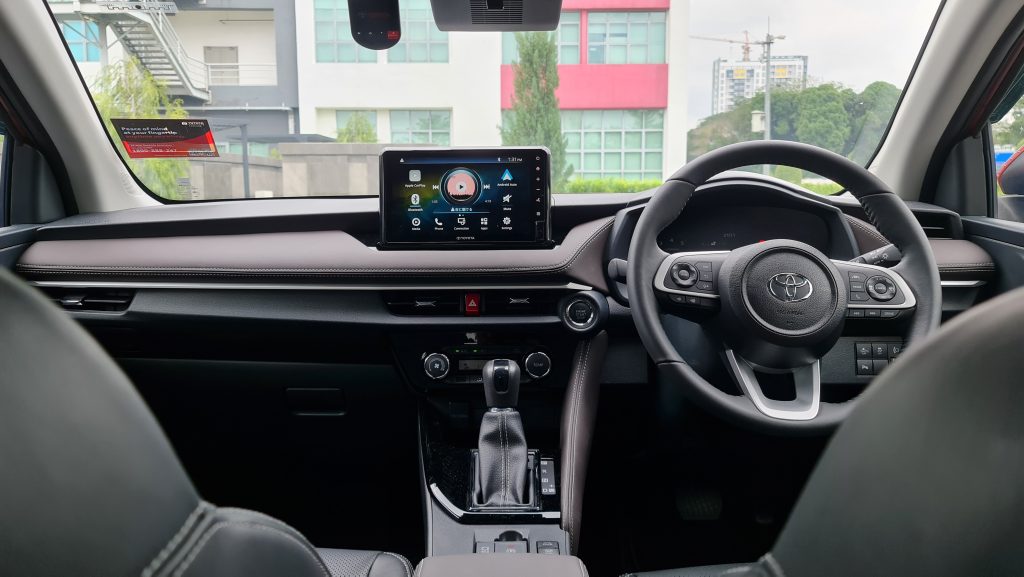
To make matters worse too, there are also certainly hints of Perodua Ativa in the general cabin aesthetic, which includes its similar(ly basic in design) digital instrument cluster and even down to its rather agricultural-feeling gear lever action. And while this should be expected seeing as the aforementioned compact crossover is in essence a Toyota Raize underneath, it is nevertheless still not that good an impression on the Vios, especially as it is supposedly positioned as a product that is a step above the Ativa in the local automotive hierarchy.
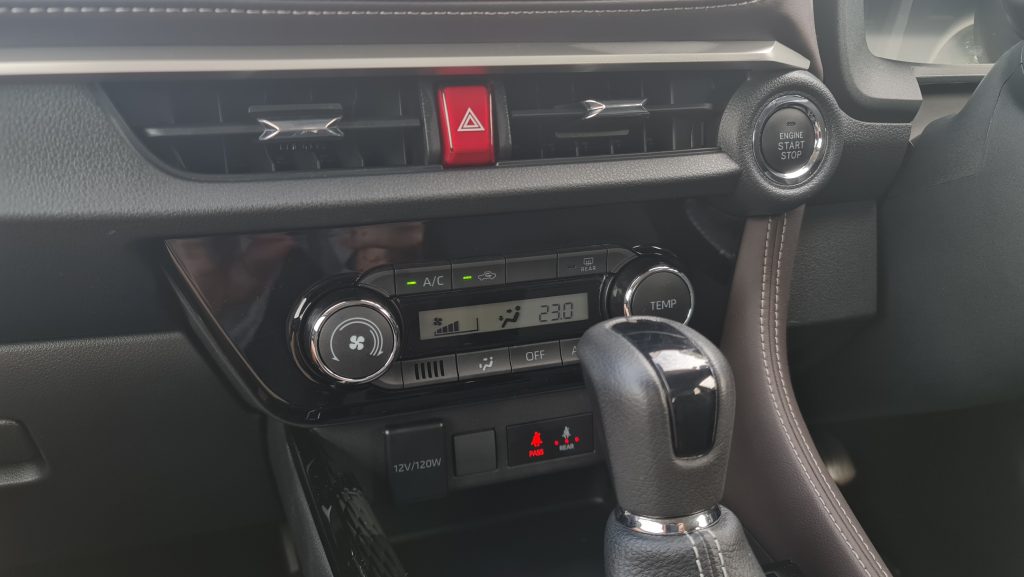
Moreover, it could further be hypothesised that wireless smartphone integration and all the other associated tech toys probably costs a lot to add, because there are also quite a few little things that typically do not appear in the spec sheet which Toyota have conveniently left out of this new Vios too. There is for example, no adjustment on the seat belt position for both front seats, no vanity mirror for the passenger sun visor and no rear central armrest. There incidentally is no individual vent controls for the front air con vents as well, but is interestingly present for the rear air con vents.
Rather unfortunately too, all the tech toys that have been included in the spec sheet does all feel a bit rudimentary. The standard wireless phone charger in the centre armrest for instance barely charges the phone if it is running the wireless Android Auto, and the 9-inch central infotainment screen does always have a slight delay in booting up.
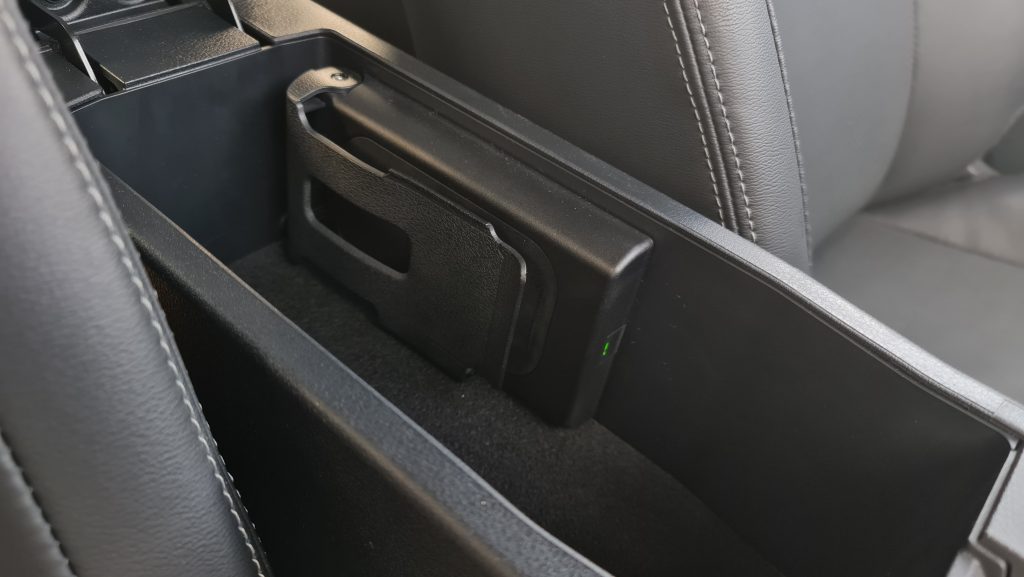
The adaptive cruise control and its associated lane departure prevention feature (as part of the wider Toyota Safety Sense ADAS package) is rather rudimentary to say the least, with it leaving gaps large enough on its shortest settings that one eventually just prefers to drive the car manually. Also, it could be a failure in actually combing through the settings properly but the parking sensors didn’t really do the normal proximity-based beeping that increases in pitch.
Power
Now, remember way above there was a mention how the Vios offered the sensation of speed from its short pedal travel? The word ‘sensation’ there actually did quite a lot of heavy lifting, as this Toyota is not fast in any sense of the word at all.
In fact, the relatively paltry 106 PS and 138 Nm of torque from its naturally-aspirated four cylinder means that the Vios is most definitely a momentum car more than anything else. That is not to say of course that this Toyota is not reasonably powerful enough where it can’t happily chug along at sensible speeds, but plant the throttle on a grade for instance and the only thing that really changes is more noise coming from up front while the lorry behind cuts ahead of you.
And while probably not something that most buyers will really care or even notice, the CVT is does have a fair bit of elasticity in the way it delivers power from the engine to the front wheels. It also sure does enjoy in hanging onto revs, which is perhaps where the paddles come it to play.
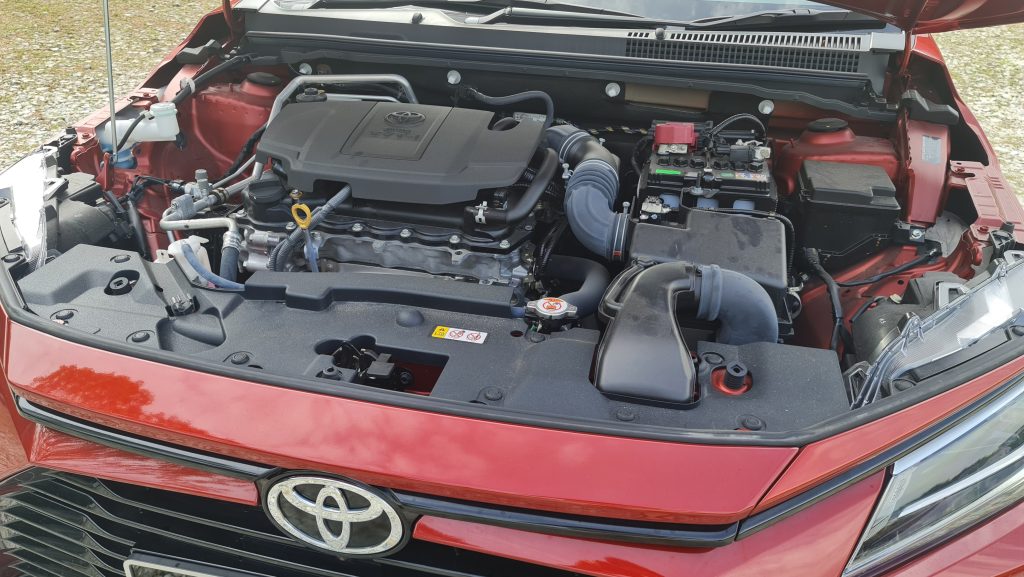
Conclusion
All said and done though, the Vios really is still right up there as a great choice for anyone looking for a compact sedan.
Sure, the Vios may have its slight niggles regarding its cost cutting and lack of outright punch. The new kid on the block S70 may also have (slightly) more space and certainly a shed-load more features that will dazzle prospective buyers in the showroom, with its Flagship variant being a handy RM 5,000 cheaper than the equivalently specced Toyota too likely to be enough to convince at least some buyers to swing some orders at Proton’s way.
But, the Vios nevertheless scores highly on where it counts for normal people using it as a normal car. After all, simply by having high-quality options on the necessary niceties (wireless smartphone integration, good speakers, clear camera etc.) that normal people actually use to make their daily driving duties bearable should be reason enough for buyers to be swayed back to the Toyota dealerships.
And anyone who has driven the Vios would likely also discover that this the humble Toyota is also more than refined and comfortable enough to perform the arduous task in transporting anyone’s half-dead soul to and from work, while also be fun enough for that same soul to enjoy themselves if they choose to take the long (and windy) road home.
This being a Toyota too, resale values and aftersales services will likely be consistently excellent, which is not something that can reliably be said for the Proton. So in summary, while anyone shopping in this market should definitely go check out the new S70, it won’t at all be surprising if they sign for a Vios after their test drive…
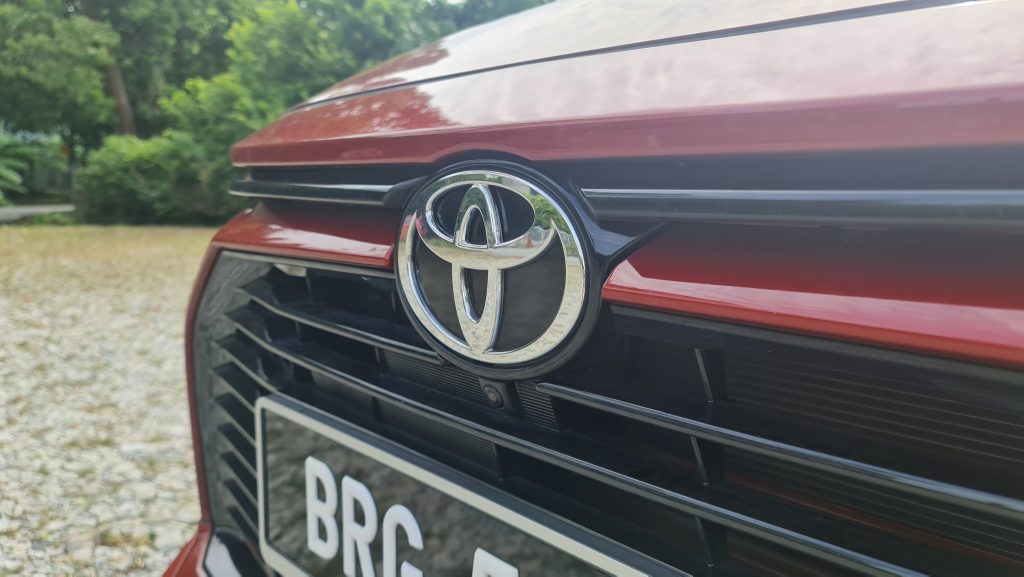
Odds & Ends
- Toyota has rather kindly included a PWR button right on the steering wheel which once pressed, gives (at least the impression of) a sharper throttle response. Funnily enough though, the same PWR button when long pressed activates ECO mode, which for all I can tell at least decreases the intensity of the air-conditioning. In any case, what is perhaps most intriguing is both modes can actually be operational simultaneously.
- The Vios actually gives you the option of displaying a driving score every time you switch off the vehicle, and this could foreseeably become a game for the totally A-sians that will attempt for an A score every time they drive.
- Digging through the configurations too reveal the option to change the turn signal tone type, with three rather distinct sounds to choose from too.
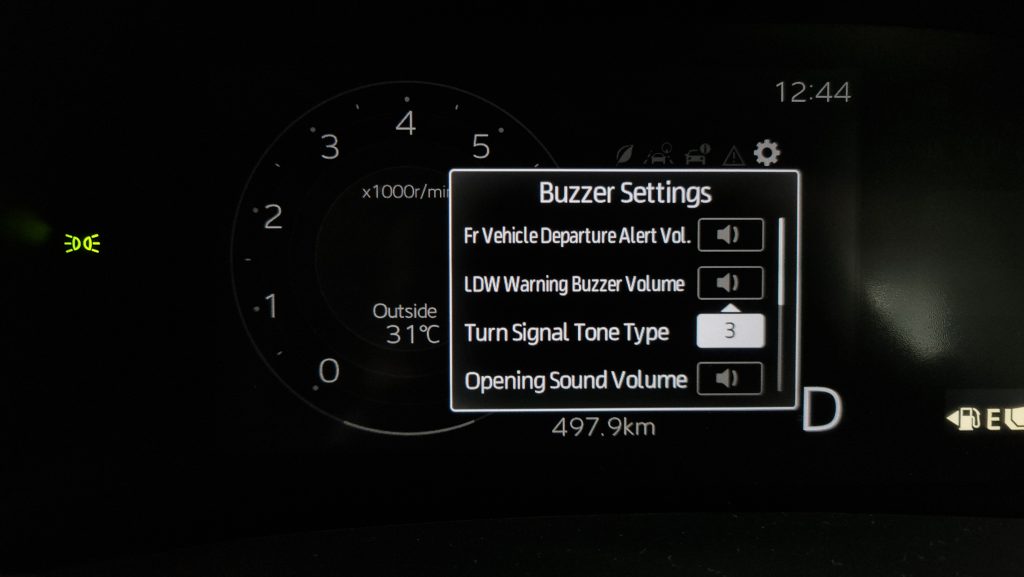
- After driving the Vios around for a while, I did notice that the heel position was a tad too high for my liking due to the slightly raised carpet padding. Something that is probably more of a me quirk than the car, but just goes to show that people should really take longer test drives to get a better feel of the cars they wish to buy.
Toyota Vios 1.5G Technical Specifications
Engine: Inline-4, 16-Valve, Dual VVT-i, Petrol
Capacity: 1,496 cc
Gearbox: D-CVT With 7-speed Sequential Shift
Max Power: 106 PS @ 6,000 rpm
Max Torque: 138 Nm @ 4,200 rpm
Top Speed: 180 km/h
Price: RM 95,500

